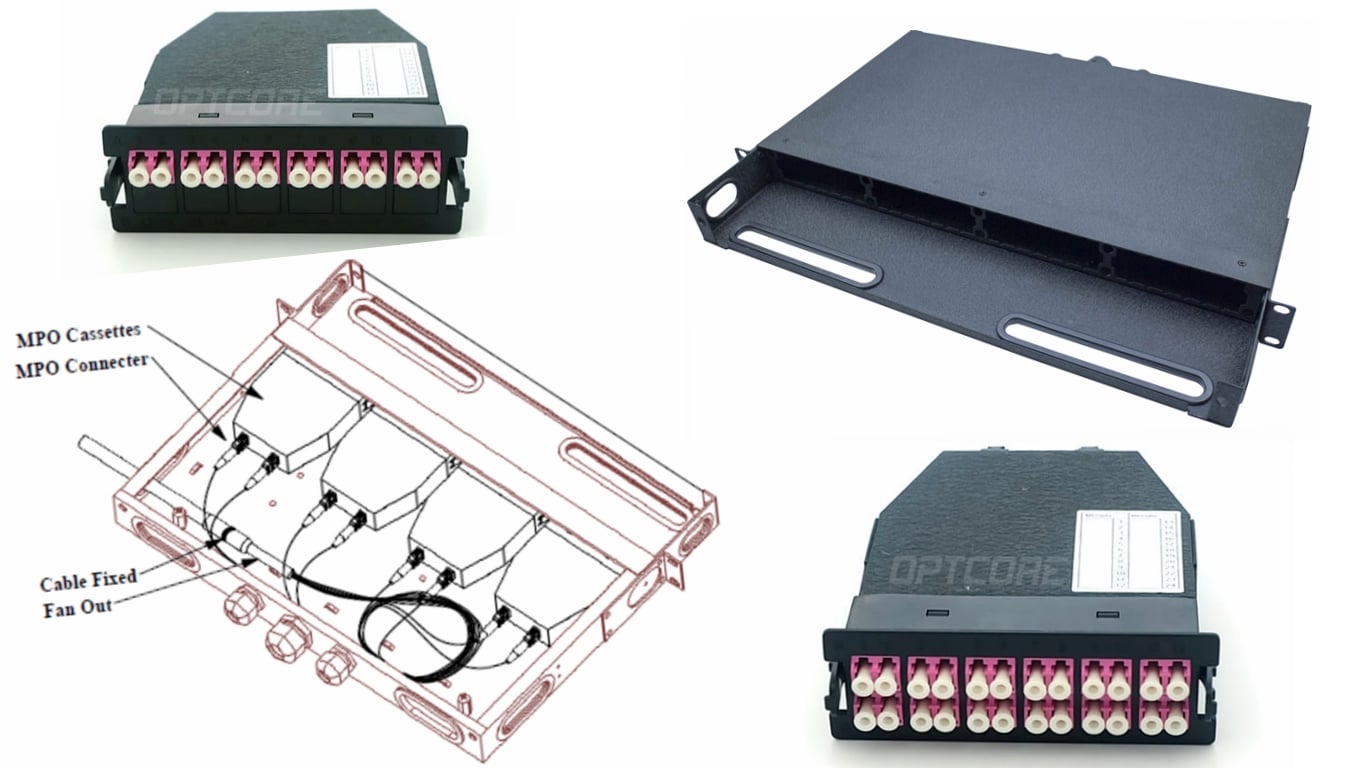
Fiber type
Optical cables are classified into indoor optical cables, outdoor optical cables, branch optical cables, and distribution optical cables depending on the application. Optical fibers can be divided into single mode and multimode according to the transmission mode, so monitoring generally uses single-mode fiber.
Single-mode fiber: An optical fiber that transmits only one mode optical signal. Conventionally, G.652, G.653, G.654, and G.655 are classified into transmission classes. Single-mode optical fiber transmits hundreds of megabits of signals up to several tens of kilometers.
Multimode fiber: A fiber that can transmit multiple modes of optical signals. It is G.651 grade. It is divided into OM1, OM2, and OM3 according to the optical mode. The maximum transmission distance of multi-mode fiber transmission is 100 kilometers.
Fiber laying method
Conventional outdoor optical cables are containers with loose tubes as the core, which is the most common fiber core laying method.
Indoor fiber optic cables are often laid tightly.
The core of the large-core optical cable also has a fiber core laminated in a strip form.
Cable structure
1 The most common cable structure is a layer-wound cable. The cable with more than 12 cores is generally of this kind. The cable cavity can accommodate multiple loose tubes, and the loose tube is the basic unit. Each loose tube can accommodate 6- 12-core core; the layer-wound cable is the center reinforcement member, and the loose tube is wrapped around the center reinforcement core. For practical applications, the core needs to be covered with different colors, a total of 12 colors, and the loose-layer cable is loose. The number of tubes is generally also less than 12, so the number of cores of the stranded cable is generally from 12 cores to 144 cores.
2 The structure of the outdoor optical cable below 12 cores is generally the center beam tube type. This type of optical cable has a central loose tube built in, which can contain 1-12 cores, and the outer sheath contains two parallel wires.
3 ribbon cable, also known as skeleton slot structure, is generally used as a cable structure with a large number of cores.
Fiber optic equipment
Optical fiber distribution frame (box): The fiber terminal box is used to protect the fiber and the pigtail. The pigtail is used to connect the fiber transceiver, fiber switch or optical transceiver.
Fiber optic terminal box (connector or splice tray): The fiber optic splice box fuses two fibers together.
Pigtail: One end of the fiber pigtail is fused to the fiber and the other end is connected to a fiber transceiver or fiber switch.
ODF fiber distribution frame and optocoupler: In some large and medium-sized monitoring projects, equipment such as ODF fiber distribution frame and optical coupler may be used. ODF optical distribution frame is mainly used in the equipment room, which can make many optical fibers more regular. Easy to maintain.
Optical fiber transceiver: Also known as the photoelectric converter, the device that converts the optical port and the electrical port is used in pairs. The electrical port is connected to the switch, and the optical port is connected to the fiber pigtail.
Fiber optic module: The main application of the fiber optic module and the fiber switch can directly connect the fiber pigtail to the switch through the fiber module, eliminating the fiber transceiver, but the price of the fiber switch is relatively high.
Disclaimer: All information indicated as other sources is transferred from other platforms, the purpose is to convey more information, does not represent the views and positions of this site. Please contact us if there is any infringement or objection.